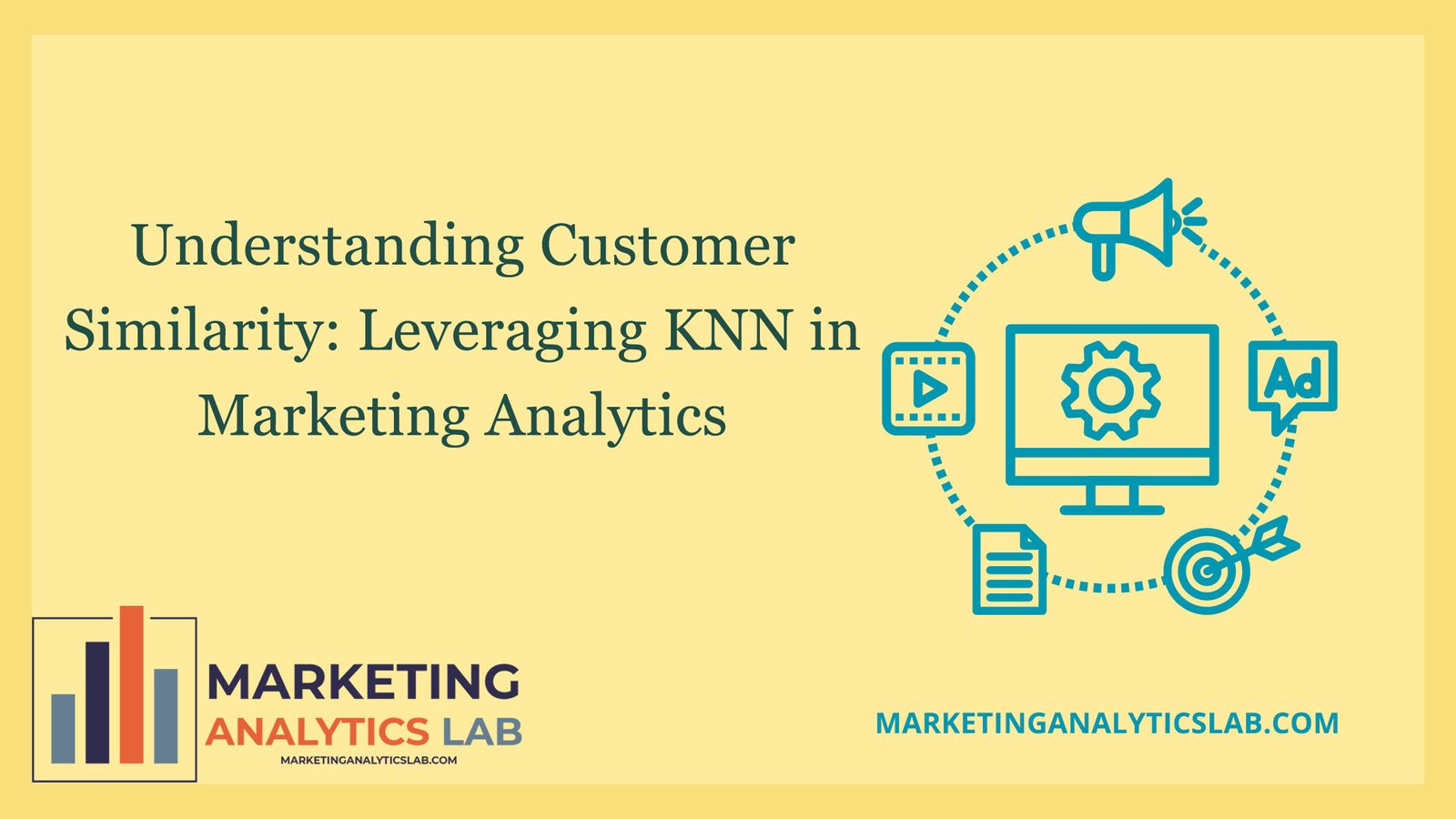Exploring the Concept of Customer Similarity
In the realm of marketing analytics, understanding customer similarity is crucial for effective targeting and personalized marketing strategies. Customer similarity refers to the degree of resemblance or likeness between individual customers based on various attributes such as demographics, purchase behavior, interactions with the brand, etc. By identifying similarities among customers, businesses can segment their customer base, target specific groups with tailored marketing campaigns, and ultimately improve customer retention and satisfaction.
Analyzing customer similarity can be approached through various techniques, with one of the most commonly used methods being K-Nearest Neighbors (KNN). KNN is a non-parametric, instance-based learning algorithm that can be applied to both classification and regression tasks. In the context of marketing analytics, KNN works by measuring the distance between customers in a multi-dimensional feature space and identifying the K-nearest neighbors to a given customer. By leveraging KNN, marketers can gain insights into customer behavior patterns, preferences, and needs, allowing for more targeted and personalized marketing efforts.
To calculate customer similarity using KNN, marketers first need to define the features or attributes that are relevant for measuring similarity. These features could include demographic information (age, gender, income), purchase history, website interactions, social media engagement, etc. Next, the data is preprocessed and transformed into a format suitable for KNN analysis. The KNN algorithm then calculates the distance between customers based on these features and identifies the K-nearest neighbors to each customer. By examining the characteristics of these neighbors, marketers can gain a better understanding of customer segments and tailor marketing strategies accordingly.
Utilizing K-Nearest Neighbors in Marketing Analytics
KNN can be a powerful tool in marketing analytics for various applications, such as customer segmentation, recommendation systems, churn prediction, and targeted advertising. In customer segmentation, KNN can help identify groups of customers with similar characteristics, allowing marketers to create personalized messaging and promotions for each segment. For recommendation systems, KNN can be used to suggest products or services to customers based on the preferences of similar customers. In churn prediction, KNN can help predict which customers are likely to churn based on the behavior of similar customers, enabling proactive retention strategies. In targeted advertising, KNN can be used to identify potential customers who are similar to existing high-value customers, thus improving the effectiveness of advertising campaigns.
One of the advantages of using KNN in marketing analytics is its simplicity and interpretability. Unlike more complex machine learning algorithms, KNN is easy to understand and implement, making it accessible to marketers with varying levels of technical expertise. Additionally, KNN does not require assumptions about the underlying data distribution, making it robust to outliers and noise in the data. However, KNN does have limitations, such as scalability issues with large datasets and the need to define an appropriate value for K (the number of neighbors to consider). Despite these limitations, KNN remains a valuable and versatile tool for understanding customer similarity and driving data-driven marketing strategies.

